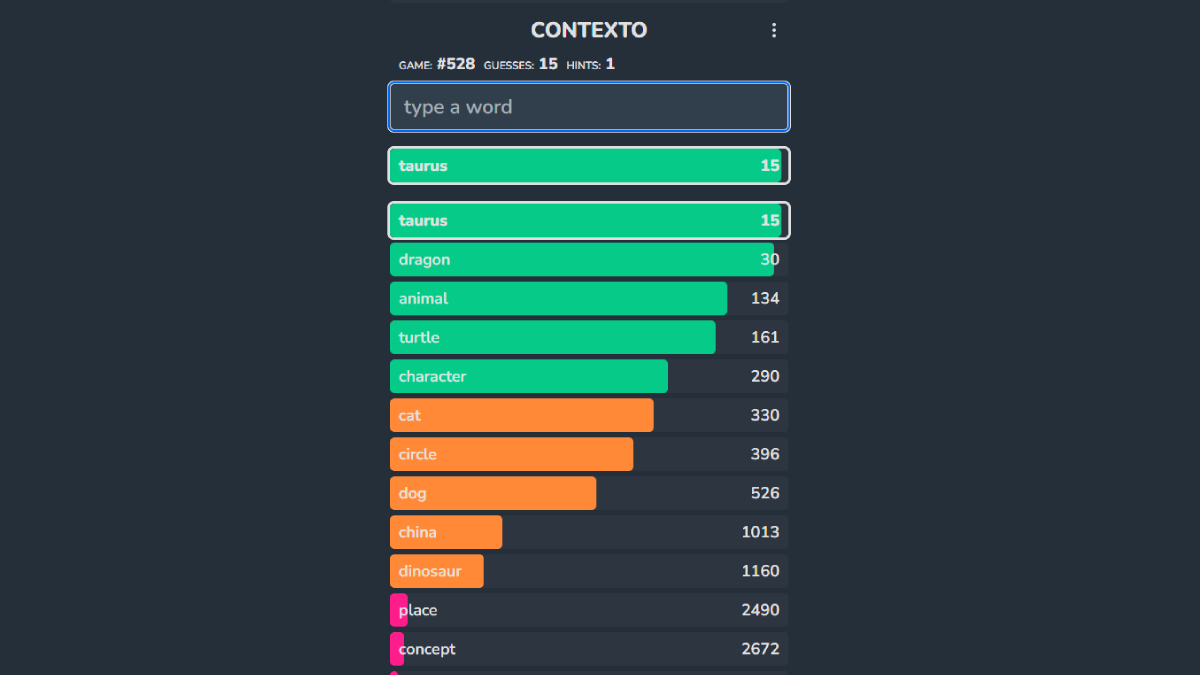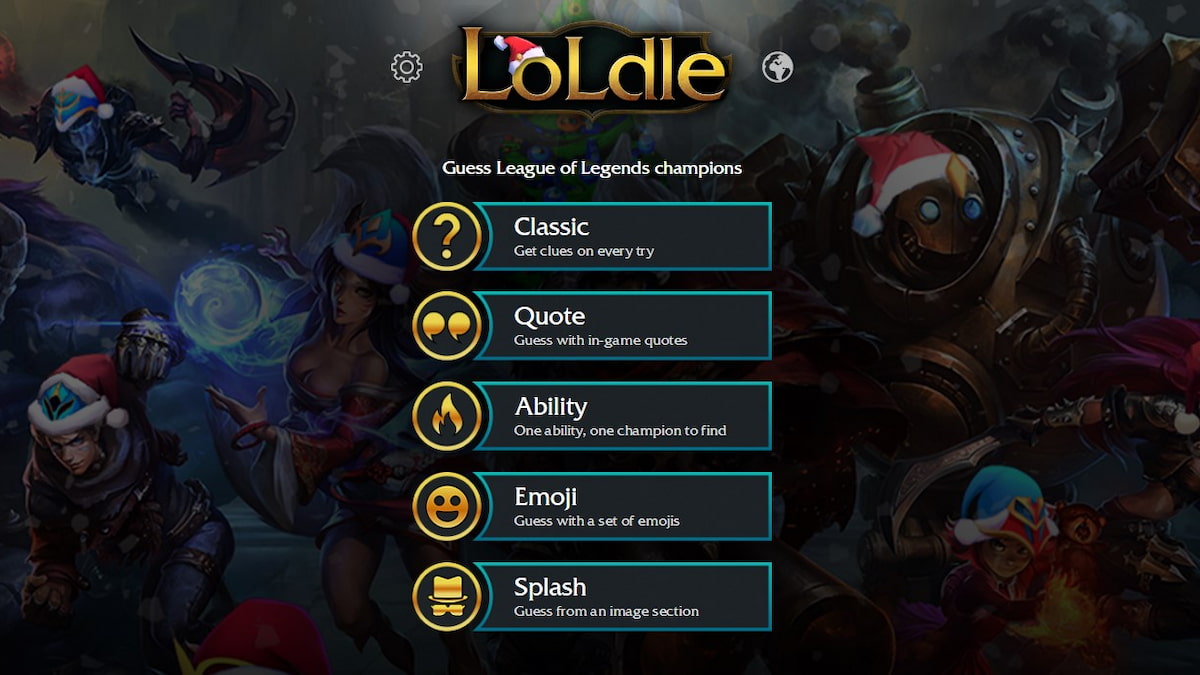The Finals has been out for only a short time, and it’s already racking up over 150,000 concurrent players on Steam. If you want to stay ahead of the evergrowing competition, your game has to run super smooth, and to help you with that, here are the best graphics settings for The Finals.
Best Settings for Optimal FPS in the Finals
The Finals is a highly CPU-bound game. Many competing FPS games, such as CS2, Valorant, and Apex, will never push your CPU to 100% usage. That’s not the case with The Finals, and if you uncap your fps, expect your PC’s resource utilization to top out.
Now, a bit of an issue is that some of the settings’ explanations can be misleading. We will address all of them and give detailed explanations in this guide. Below is the list of best graphics settings in The Finals, and the details regarding each one are further down.
Display & Resolution
- Window Mode – Fullscreen
- Resolution – Your monitor’s native resolution
- VSync – Disabled
- NVIDIA Reflex Low Latency – On + Boost
- Resolution Scaling Method – DLSS > TAAU > FSR2 > XeSS
- Resolution Scale – 100%
Graphics
- Field of View – Between 80 and 90 (Optimal enemy size + fps)
- Motion Blur – Disabled
- Lens Distortion – Enabled
Ray Tracing
- NVIDIA RTX Global Illumination – Static
Quality
- Overall Quality Level – Custom
- View Distance – Low (Better visibility) or Epic (Better looks)
- Anti-Aliasing – Low
- Shadows – Low (Better fps and visibility) or Medium (Better looks at a low cost)
- Post-Processing – Low (HBAO Off + better FPS) or Medium (HBAO On)
- Texture – Medium
- Effects – Low (Best fps) or High (Best looks)
- Foliage – Low
- Global Illumination Resolution – Low
Every Graphics Setting in the Finals Explained
Window Mode
Since The Finals is a Directx 12 game, there is no way to run it in true Full Screen Exclusive mode or turn off Full Screen Optimization. Fullscreen offers the best input lag and resource usage, and you will barely feel the alt-tabbing delay compared to borderless.
Resolution
This game is much harsher on your CPU than on your GPU, and unless you are severely GPU-bottlenecked, you won’t have to change this setting. If you are struggling with fps, this is the last setting you should touch.
If you are a CS player like me and want to try out 4:3 resolutions, I advise you against using them in The Finals. FOV isn’t locked, so using the Field of View slider is better than forcing scaled resolutions.
VSync
If you want a smooth gaming experience even though you can’t hit 60 fps, you should try MSI Afterburner and RTSS instead. This option is best left Off in literally every other scenario.
Resolution Scaling Method


TAAU is the default option for this game integrated with Unreal Engine. DLSS also works well and provides better fps if you are GPU-bottlenecked. If you are an AMD or an Intel user, I wouldn’t bother with FSR and XeSS unless you are struggling with fps. They introduce artifacts and ghosting, making the game look blurry.


The exception to this rule is if you are playing on 1440p or 4K resolutions. In those cases, it’s perfectly fine to use upscaling methods as the visual quality drop is considerably lower than on 1080p, and the fps boost is much more substantial.
Resolution Scale
Set it to 100% or DLAA, depending on the scaling method, for no upscaling and best image quality. If you decide to use upscaling, the quality setting on each of these upscaling algorithms seems to work best.
Field of View
Higher values lower your fps considerably if you are CPU-bottlenecked, so I advise you not to set it too high. Values between 80 and 90 felt like the sweet spot to me, both because of the fps impact and because player models remained relatively wide and easy to hit.
Motion Blur
Unless you are a fan of this setting, keep it off. In my opinion, the only type of game where you want motion blur turned on is an arcade racing game like Need for Speed.
Lens Distortion


This introduces a vignette effect and distortion around the edges of your screen. This setting is currently bugged, and Enabled actually turns it off. Set it to Disabled if you, in fact, want to have this effect.
NVIDIA RTX Global Illumination


Unless you have an RTX or one of the higher-end AMD GPUs, I would leave this option on Static. I don’t think the difference is at all noticeable during gameplay, and you will also save a bit of your GPU’s resources.
View Distance


This setting actually affects the LOD quality of everything in the game. The trick is that on Low, windows on buildings will stop rendering if you are far enough, enabling you to see inside. From a full competitive standpoint, leave it on Low, and if you want the best visual quality, set it to Epic, as it doesn’t impact your frames that much.
Anti-Aliasing


This setting affects the game only if you have TAAU as the scaling method. Low looks good enough, but If you can’t stand jagged edges like me and want the best visuals at a very low cost of performance, set it to High. Epic overdoes it and introduces artifacts on grass, which looks worse than low.
Shadows


The shadows are a real “personal preference” setting. I play a lot of FPS games, and I always leave it off or low for the biggest competitive advantage. Medium is the best if you want to make the game look pretty and keep a solid framerate since it doesn’t look that different from Epic.


Post-Processing


I’ve tested this setting a lot, and the only visual difference I see between Low and Medium/High/Epic is that the latter introduces HBAO. If you like the look of ambient occlusion, set it to Medium. Otherwise, leave it at low for the best visibility.


Texture


Like in every other game, Texture regulates the resolution and amount of anisotropic filtering in the game. Destructible objects get the biggest visual degradation if you set this setting on Low. There is virtually no difference between Medium and Epic unless you play on a 4K monitor.
Effects


Visual effects are the setting that will affect your GPU utilization the most. On Low, you will turn off all reflections and lower the detail of explosions, fog, etc. This will, in turn, significantly reduce your GPU usage. High looks better than Epic or Medium, so set it to High if you choose to enable it.


In the images above, you can see that the Low setting makes the game look extremely bland. On the other hand, Medium and High make reflections look crisp, but Epic makes the Tessellation on the ground and VFX much better.
Foliage
Foliage introduces extra visual clutter to the game, such as fallen leaves and extra trees in some areas. The effect it has is negligible as View Distance handles the rendering detail of those objects, so if you are a fan of little details like leaves on the ground and a few extra branches, set it to Epic.


Global Illumination Resolution
This setting isn’t a game changer when it comes to global lighting, but it does impact your GPU usage slightly. It’s best left on Low since the difference between the lowest and highest setting is indistinguishable.
Optimal Windows Settings for The Finals
There are only a couple of things you can tweak on Windows to make The Finals run better. Since this is a mostly CPU-bound game, let’s look at all the ways you can reduce your CPU usage or optimize power on Windows.
Edit Power Plan
- Open the Start menu and search “Edit Power Plan.”
- Click on Change Advanced Power Settings.
- Select the High Performance plan.
- Scroll down and expand Processor Power Management.
- Set the Minimum Processor State to 5%.
Enable Game Mode
Open the Start menu and search “Game Mode.” Enable it, and Windows won’t download updates or give you Windows app notifications and similar things while you are playing video games.
Enable Hardware Accelerated GPU Scheduling
Open the Start menu and search for “GPU Scheduling.” Open the settings page and enable this. It offloads some of the CPU work and has GPU handle it instead. It is primarily available for NVIDIA GPUs, but some of the newer AMD cards also have this option.
Best NVIDIA Control Panel Settings for the Finals
Koroush Ghazi has a comprehensive analysis of all NVIDIA Control Panel settings on his website. We won’t go in-depth about any of them as it would take too much time, so here is the summary of the best global settings you should use:
- Image Sharpening – Off
- Ambient Occlusion – Off
- Anisotropic Filtering – Off
- Antialiasing FXAA – Off
- Antialiasing Gamma Correction – Off
- Antialiasing Mode – Application-controlled
- Antialiasing Setting – Application-controlled
- Antialiasing Transparency – Off
- CUDA GPUs – All
- DSR Factors – Off (Untick everything)
- DSR Smoothness – Off
- Low Latency Mode – Off
- Max Frame Rate – Off
- Monitor Technology – G-SYNC
- Maximum Pre-Rendered Frames – Use the 3D Application Setting
- Multi-Frame Sampled AA (MFAA) – Off
- Power Management Mode – Optimal Power
- Shader Cache – On
- Texture Filtering Anisotropic Sample Optimization – Off
- Texture Filtering Negative LOD Bias – Clamp
- Texture Filtering Trilinear Optimization – Off
- Texture Filtering – High Performance
- Threaded Optimization – Auto
- Vertical Sync – Use the 3D Application Setting
- Triple Buffering – Off
Best AMD Adrenalin Settings for the Finals
Turn everything that has a slider off, and VSYNC also. The only setting you should consider turning on is Radeon Anti-Lag, but only if you are already hitting full GPU usage. Here is what your settings should look like:
- Radeon Super Resolution – Disabled
- Radeon Anti-Lag – Disabled
- Radeon Boost – Disabled
- Radeon Chill – Disabled
- Radeon Image Sharpening – Disabled
- Radeon Enhanced Sync – Disabled
- Wait for Vertical Refresh – Off
- Frame rate target control – Disabled
- Anti-Aliasing – Use application settings
- Anti-Aliasing Method – Multisampling
- Morphological Anti-Aliasing – Disabled
- Anisotropic Filtering – Disabled
- Texture Filtering Quality – Standard
- Surface Format Optimization – Disabled
- Tessellation Mode – AMD Optimized
- OpenGL Triple Buffering – Disabled
- 10-Bit Pixel Format – Disabled
Overall Optimization Tips
These tweaks aren’t The Finals or even gaming-specific. Some of them will need you to fiddle with your BIOS settings, but it shouldn’t be too hard, even if you are not an advanced PC user.
Turn off the High Precision Event Timer (HPET)
Disabling HPET is an unusual tweak that not many people talk about. Except on Reddit and some obscure gaming forums. Nevertheless, it doesn’t require a lot of work to turn it off, and it’s worth trying out. Here is how you do it on Windows 10:
- Open Command Prompt or PowerShell as an Administrator. The easiest way is to search for CMD in the start menu, right-click, and Run as Administrator.
- Copy “bcdedit /deletevalue useplatformclock” without quotes, paste it into Command Prompt, and hit enter.
- Open Device Manager. If you right-click your Start Menu button, there will be a Device Manager option somewhere in the middle.
- Expand System Devices, find High Precision Event Timer, right-click on it, and Disable Device.
- Reboot your PC.
To reenable HPET, just reverse the process by enabling it in the Device Manager and using “bcdedit /set useplatformclock true” command in CMD/PowerShell.
Turn Off In-Game Overlays
Disable in-game overlays that you don’t use often (Nvidia, AMD, Xbox Game Bar, Steam, Discord), as they can severely impact your CPU usage. Also, consider turning off apps such as Google Chrome and Spotify if you are really struggling for fps.
Use Only Microsoft Defender
Many guides omit this detail, but if you are using Windows, uninstall or disable any active antivirus besides Microsoft Defender. Defender is the best antivirus you can actively have running, and the only other you might consider installing besides Defender is Malwarebytes. It’s useful for deep scans if you believe that Defender missed something.
That wraps up this graphics settings optimization guide for The Finals. Another thing that you should definitely try optimizing in The Finals is your crosshair settings. If you liked this guide and want to read more about The Finals, check out the links we added below.














Updated: Dec 12, 2023 04:29 am